- Joined
- Jun 3, 2019
- Messages
- 795
- Reaction score
- 998
- Points
- 93
Bear with me on this one, I have soo many miscellaneous vehicles that will never make a post on their own right so though sharing some of the most unusual ones Iv come across over the years will be of interest to some of you.
Iv actually enjoyed finding what info I can for all of these but am happy to be corrected if anyone has any more info.
so let us begin.
Hanomag CD66 Compacktor 23 or 28 T 161 KW 1991-92 (south Wales)
The company dates back to 1835 when Georg Egestorff founded in Linden near Hanover a company called Eisen-Giesserey und Maschinenfabrik Georg Egestorff to build small steam engines. They soon started making farm machinery and in 1846 built their first railway locomotive for the Royal Hanoverian State Railways.
In Hanover, the company is producing wheel loaders ranging from 54 to 353 hp (263 kW) and since 2005 also has been producing wheeled excavators from 14 to 22 tons. Thanks to the European Technical Center (EUTC), these correspond to the latest state of technology. In Hanover, the company develops construction machines which meet varied requirements of customers all over Europe as well as for certain products also worldwide.


Aveling Barford Invicta DC 013 GNR 10- 13 TON 1988 (South Wales)
Perkins 4.236 4 cyl. Diesel. Sunstrand Hydrostatic drive. 24" Rear Rolls.
Aveling-Barford relocated to Grantham during 1934. They were a new company formed by the amalgamation of Aveling & Porter of Rochester in Kent, manufacturers of road rollers and agricultural machinery including traction engines, and Barford & Perkins of Peterborough, also road roller makers who, in addition, supplied industrial cooking, dairy and disinfectant equipment. The move to Grantham saw the company begin to diversify their range, initially into dumper trucks for use on construction sites.


No idea what RONI is but was on the same site

Greens 1954 Diesel 3501 kg (Lincolnshire)
Thomas Green & Sons Ltd. were manufactures of Road Rollers and lawn mowers based in Leeds England. The firm was founded in 1835 by Engineer Thomas Green and set up the foundry at Smithfield Ironworks, North Street, Leeds in 1848. The Firm was taken over by Atkinsons of Clitheroe in the 1970s.

1921 Burelle 5nhp (Kent)
Charles Burrell & Sons were builders of steam traction engines, agricultural machinery, steam lorries and steam tram engines. The company were based in Thetford, Norfolk and operated from the St Nicholas works on Minstergate and St Nicholas Street, some of which survives today.
At their height they employed over 350 people and were the largest employer within the town. The company became known for producing reliable and good-looking traction engines which were always built to customers' requirements. The company declined after the First World War when internal combustion engines started to become a cheaper alternative to steam power. The company finally closed in 1928, with the final engines being built by Richard Garrett & Sons at Leiston, Suffolk.




A quick look in the adjacent sheds, note the boiler front hoops hanging on wall

International Harvester 10-20 Titan Engine 1915-1920 (Mid Wales)
Fuel - Kerosene
2 Cylinder liquid cooled horizontal
Displacement - 8.7L 575 RPM
Power 10hp at drawbar - 20hp at belt
Weight - 2506 kg



Haulamatic 615 a Off highway rigid dump truck - 6x4 - 180 bhp - 1970 till 1978 (South Wales)
Haulamatic Limited is a small manufacturer with a large factory at Ilkeston in Derbyshire England, to manufacture offroad ADT models who started in 1968 to develop and build vehicles aimed at the general construction industry. Another second factory was also opened at Wolverhampton to make dumptrucks not very far from the wellknown GUY Motors Limited factorysite their neighbours in this large city. They supplied the British Army with ADTs for a period but failed to make much of an impact in the construction industry
The Haulamatic company first launched and marketed in 1970 an early Commer Diesel engined and based dumptruck with beefed (very modified in other words) new chassis and stiffer suspension, another feature was the use of halfcab wide enough for confortable driving with dual airbrakes on all axles and hydraulic dumperbox.. Power units included GM Straightsix and Perkins V8 Diesel drivetrain options and every model featured Allison automatic transmissions. Later it was owned and became part of the Clarke Chapman group in 1982 but since 1989 their heaviest models have been manufactured in another modern factory at Heanor in Derbyshire and are fitted with a choice of American Caterpillar or a Detroit Diesel for these bigger models. In 1the late 1980s the company ownership passed on to the NEIGroup also known as the Northern Engineering Industries an industrial concern.



Heathfield 1975 41-28 (Northants)
Heathfield was a UK brand of Dumptruck that was founded in the mid 1960s and the main models were built at Newton Abbot in Devon, England . They were taken over by Bell of South Africa in 1998 after having several other owners and eventually closed down. This manufacturer was very resourceful using several parts from many mechanical components sourced from outside companies. With a wide choice production output was very good in the 1970s and 1980s. One of the many successful British dumptrucks manufactures of its time.



1980 EBJ015 Forden Haulmaster (Lincolnshire)
In 1881,The company first undertook the production of experimental steam engines towards the beginning of the 20th century, which in turn led to the design of this vehicle becoming the model for a vehicle that was used in the First World War. This model later became the basis for a hugely successful line of vehicles that were produced in the next three decades.
After the Second World War, the company redesigned some of its old models keeping in mind the demands of the market.
Around the year 1946, Foden entered the bus chassis market also.
By the 1950s, the company developed a rear engine model that pre-dated the same model made by Leyland by nearly 7 years.
In the year 1958, the company introduced light weight glass reinforced plastic for // production of cabs leading to the manufacture of the first British mass produced tilt cab in the year 1962.
1964 saw the company designing a new model of the Foden Truck, which successfully competed with the other brands.
In 1974 there was sharp downfall in the company’s finances and it had to ask for the government’s help in those testing times.
This rough patch ended around the years 1977-1978, when the company received orders from the Defense Ministry.
In the year 1980, Foden was acquired by the American company PACCAR. After PACCAR acquired DAF Trucks in 1996 and then Leyland in 1998, Foden production ceased and gave way to DAF Trucks which were renamed as Foden.
In the year 2005, the company declared that the production of Foden trucks would cease in 2006. The last Foden was produced in July 2006. This final Foden production was an 8 by 4 rigid truck, which was delivered to the nearby British Commercial Vehicle Museum.

Bedford RL (Cambridgeshire)
The RL was the British military's main medium lorry, built by Bedford from the mid-1950s until the late 1960s. The lorry was based on the civilian Bedford S type, first introduced in 1950. They superseded the Bedford QL, and were in turn superseded by the Bedford MK/MJ.
The RL was powered by a 4.9 litres (299.0 cu in) petrol engine producing 110 brake horsepower (82 kW; 112 PS), although some were fitted with diesel engines.

1953 Austin K9 Signals van (Derbyshire)
The first military K9 was introduced in 1952. It was derived from the civilian Loadstar range but was modified to make it more suitable for military service, with increased track and ground clearance and all-wheel drive. Designated as the FV16000 series the 4x4 K9 was rated at a very conservative 1 ton and the chassis was adapted for use as a cargo vehicle, ambulance, water tanker and the most numerous was the wireless body.
The Services model saw duty with the Army and RAF from 1951 until as late as 1980 when some of the ‘signals vans’ were still in the hands of the ‘Territorials’, and others were in storage depots. None were bought by the Royal Navy and there is no evidence any were even used by the Senior Service. K9 was equipped with the familiar petrol, overhead valve, 3,995 cc six cylinder developing 92 bhp at 3000 revs. But to create the revised model, rifle clips, a gun ring in the roof, and larger tyres (9.00 x 20) – single all round – were fitted. There was a transfer box to take the drive to the front axle, but even so, the off-road capability was very limited.
Over the years various other modifications took place. These included stoplights, and a convoy lamp and plate. Then came manually raised indicator arms and ‘NATO’ trailer socket, while some ‘K9s’ used by the BAOR (British Army of the Rhine) got electrically operated trafficators. RAF vehicles differed from their sisters in having no convoy light, a civilian pattern number plate lamp, stoplights from new and semaphore indicators in the panel behind the cab doors.
Three types of cab appeared, the differences being detail changes to the scuttle (no waist level louvers on early examples, for instance), floor and rear panels. Some ‘K9s’ were supplied as a cab and bare chassis to be fitted with van bodies or a water tank built by outside coachbuilders. Even the standard bodies though displayed immense variety. The most basic ‘K9’ is probably the Cargo FV 16001 which was designed to carry a section of soldiers and their kit. Cargo/FFW FV 16002 is the somewhat lengthy code which described the standard ‘K9’ truck when ‘fitted for wireless’ (FFW).


BMC JU250 (Bucks)
BMC / Austin J250 (exact copy of Morris JU250) was a redesigned version of the earlier J2 van, but benefited from updated front-end styling and a wider track, making the vehicle more stable than the J2. It was also offered with the familiar B series petrol engine in 1622cc form. Claimed power output was 49 bhp, with a compression ratio of 7.2:1. The number '250' in its name was intended to indicate a gross loaded weight of 2½ imperial (British) tons, implying a substantial carrying capacity of 22 cwt.
Following the formation of the British Leyland Motor Corporation in 1968, into which BMC, by then a subsidiary of British Motor Holdings, had been absorbed, the van was branded as the BMC 250 JU. It was then rebadged again in 1970 as the 'Austin Morris 250 JU', finally ending production
in the wake of the Leyland Sherpa, with which it shared some components, in 1974.


Ford mk1 transit Jennings Roadranger Motorhome (Norfolk)
JH Jennings and Son Ltd of Sandbach Cheshire had been in the business of coachbuilding for over 200 years when this Ford Transit Roadranger was produced. Using traditional methods of an aluminium skin over hardwood frame and a one-piece GRP roof moulding, the Roadranger models built upon various doner chassis cabs were of the finest quality in the business. This masterpiece of British craftsmanship was coach painted by hand, a real diminishing art.


Trilox 1947 Rollsette 10.05 Invalid Carriage JKP 26 (Northants)
The Trilox company of Trowbridge was founded during the 1920’s by Albert Jones and produced a large range of hand propelled invalid tricycles before entering the field of motorised invalid vehicles in the early 1930’s. From 1935 – 1959 the Trilox works was situated at 5 Dursley Road, by 1962 it had moved to 105 Mortimer street.


If u have made it to the end thanks for looking
Iv actually enjoyed finding what info I can for all of these but am happy to be corrected if anyone has any more info.
so let us begin.
Hanomag CD66 Compacktor 23 or 28 T 161 KW 1991-92 (south Wales)
The company dates back to 1835 when Georg Egestorff founded in Linden near Hanover a company called Eisen-Giesserey und Maschinenfabrik Georg Egestorff to build small steam engines. They soon started making farm machinery and in 1846 built their first railway locomotive for the Royal Hanoverian State Railways.
In Hanover, the company is producing wheel loaders ranging from 54 to 353 hp (263 kW) and since 2005 also has been producing wheeled excavators from 14 to 22 tons. Thanks to the European Technical Center (EUTC), these correspond to the latest state of technology. In Hanover, the company develops construction machines which meet varied requirements of customers all over Europe as well as for certain products also worldwide.


Aveling Barford Invicta DC 013 GNR 10- 13 TON 1988 (South Wales)
Perkins 4.236 4 cyl. Diesel. Sunstrand Hydrostatic drive. 24" Rear Rolls.
Aveling-Barford relocated to Grantham during 1934. They were a new company formed by the amalgamation of Aveling & Porter of Rochester in Kent, manufacturers of road rollers and agricultural machinery including traction engines, and Barford & Perkins of Peterborough, also road roller makers who, in addition, supplied industrial cooking, dairy and disinfectant equipment. The move to Grantham saw the company begin to diversify their range, initially into dumper trucks for use on construction sites.


No idea what RONI is but was on the same site

Greens 1954 Diesel 3501 kg (Lincolnshire)
Thomas Green & Sons Ltd. were manufactures of Road Rollers and lawn mowers based in Leeds England. The firm was founded in 1835 by Engineer Thomas Green and set up the foundry at Smithfield Ironworks, North Street, Leeds in 1848. The Firm was taken over by Atkinsons of Clitheroe in the 1970s.

1921 Burelle 5nhp (Kent)
Charles Burrell & Sons were builders of steam traction engines, agricultural machinery, steam lorries and steam tram engines. The company were based in Thetford, Norfolk and operated from the St Nicholas works on Minstergate and St Nicholas Street, some of which survives today.
At their height they employed over 350 people and were the largest employer within the town. The company became known for producing reliable and good-looking traction engines which were always built to customers' requirements. The company declined after the First World War when internal combustion engines started to become a cheaper alternative to steam power. The company finally closed in 1928, with the final engines being built by Richard Garrett & Sons at Leiston, Suffolk.


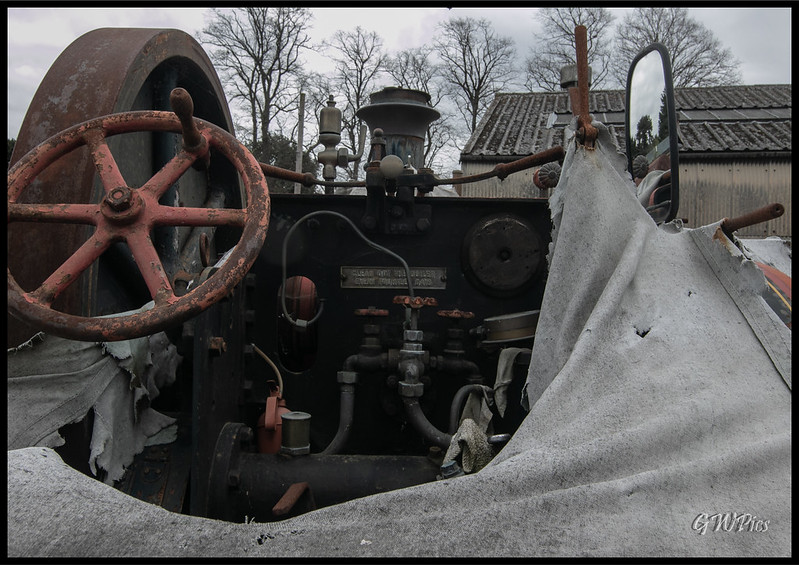

A quick look in the adjacent sheds, note the boiler front hoops hanging on wall

International Harvester 10-20 Titan Engine 1915-1920 (Mid Wales)
Fuel - Kerosene
2 Cylinder liquid cooled horizontal
Displacement - 8.7L 575 RPM
Power 10hp at drawbar - 20hp at belt
Weight - 2506 kg
| The International Harvester Company was founded in 1902 in Chicago, USA, the result of the merger of the two leading manufacturers of harvesting machinery in the USA. These were the McCormick Harvesting Machine Company and the Deering Harvester Company. Three smaller companies, the Milwaukee Harvester Company, the Warder, Bushnell and Glessner Company and the Plano Manufacturing Company, were also brought into the merged business. Of the constituent companies, McCormick traced its origins to 1831, when Cyrus Hall McCormick had developed his first successful mechanical reaper. He exhibited at the Great Exhibition at London in 1851, winning the show’s highest award, the Council Medal. |

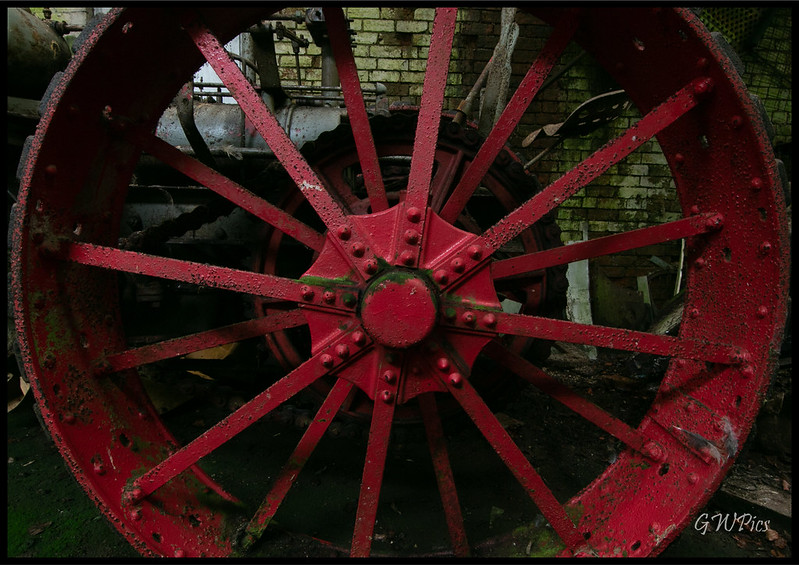
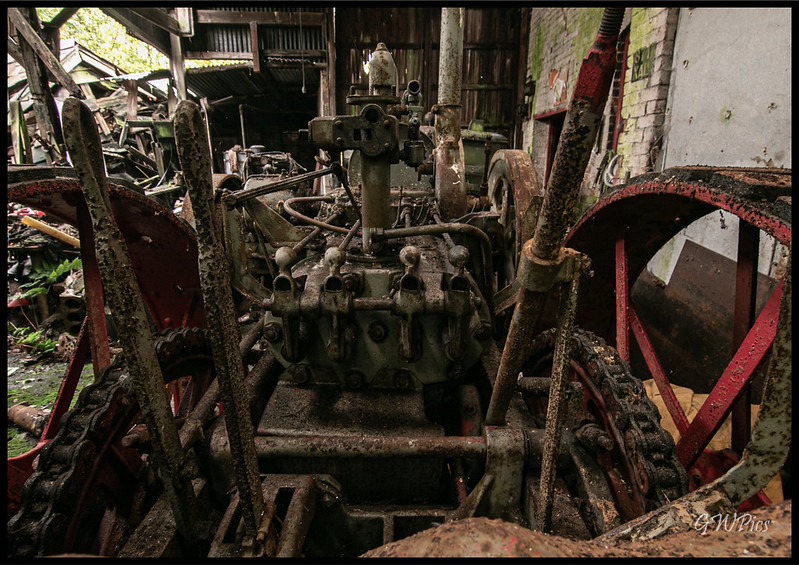
Haulamatic 615 a Off highway rigid dump truck - 6x4 - 180 bhp - 1970 till 1978 (South Wales)
Haulamatic Limited is a small manufacturer with a large factory at Ilkeston in Derbyshire England, to manufacture offroad ADT models who started in 1968 to develop and build vehicles aimed at the general construction industry. Another second factory was also opened at Wolverhampton to make dumptrucks not very far from the wellknown GUY Motors Limited factorysite their neighbours in this large city. They supplied the British Army with ADTs for a period but failed to make much of an impact in the construction industry
The Haulamatic company first launched and marketed in 1970 an early Commer Diesel engined and based dumptruck with beefed (very modified in other words) new chassis and stiffer suspension, another feature was the use of halfcab wide enough for confortable driving with dual airbrakes on all axles and hydraulic dumperbox.. Power units included GM Straightsix and Perkins V8 Diesel drivetrain options and every model featured Allison automatic transmissions. Later it was owned and became part of the Clarke Chapman group in 1982 but since 1989 their heaviest models have been manufactured in another modern factory at Heanor in Derbyshire and are fitted with a choice of American Caterpillar or a Detroit Diesel for these bigger models. In 1the late 1980s the company ownership passed on to the NEIGroup also known as the Northern Engineering Industries an industrial concern.


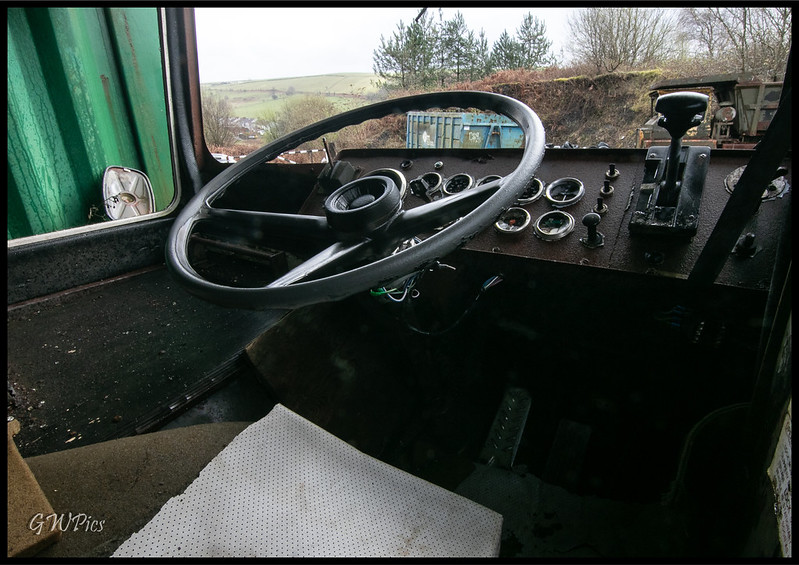
Heathfield 1975 41-28 (Northants)
Heathfield was a UK brand of Dumptruck that was founded in the mid 1960s and the main models were built at Newton Abbot in Devon, England . They were taken over by Bell of South Africa in 1998 after having several other owners and eventually closed down. This manufacturer was very resourceful using several parts from many mechanical components sourced from outside companies. With a wide choice production output was very good in the 1970s and 1980s. One of the many successful British dumptrucks manufactures of its time.
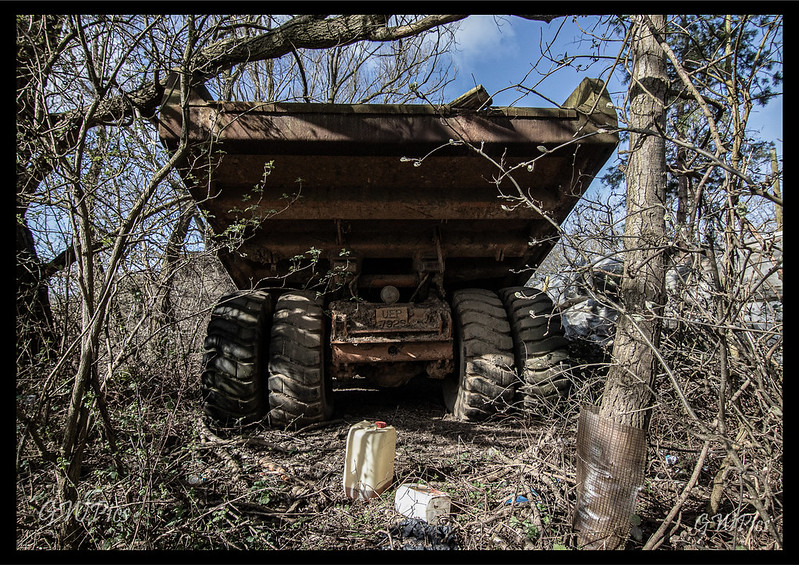
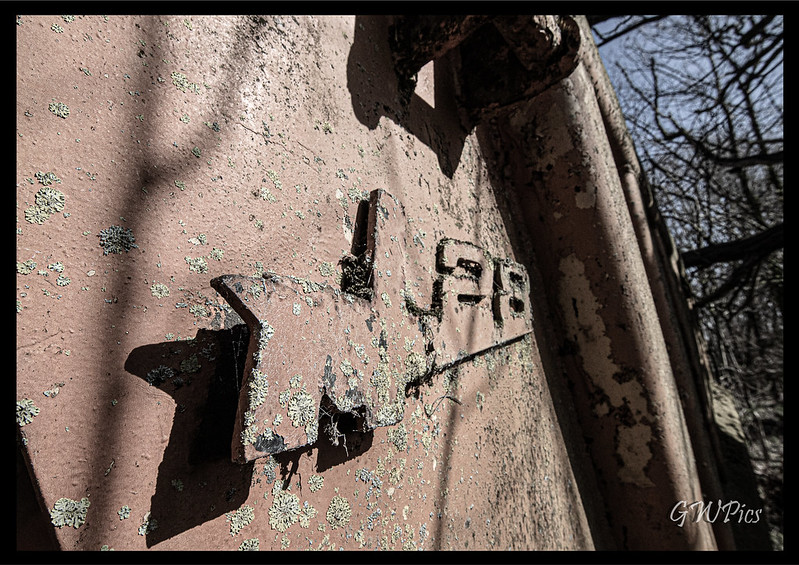
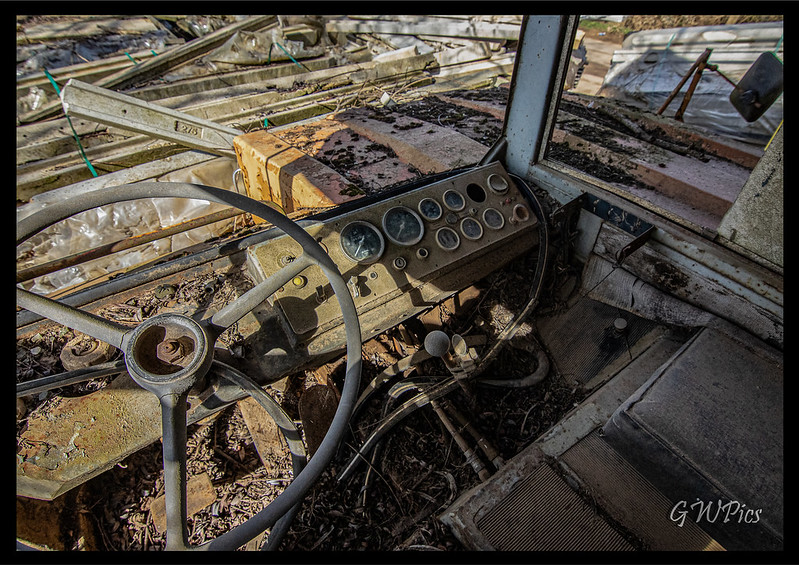
1980 EBJ015 Forden Haulmaster (Lincolnshire)
In 1881,The company first undertook the production of experimental steam engines towards the beginning of the 20th century, which in turn led to the design of this vehicle becoming the model for a vehicle that was used in the First World War. This model later became the basis for a hugely successful line of vehicles that were produced in the next three decades.
After the Second World War, the company redesigned some of its old models keeping in mind the demands of the market.
Around the year 1946, Foden entered the bus chassis market also.
By the 1950s, the company developed a rear engine model that pre-dated the same model made by Leyland by nearly 7 years.
In the year 1958, the company introduced light weight glass reinforced plastic for // production of cabs leading to the manufacture of the first British mass produced tilt cab in the year 1962.
1964 saw the company designing a new model of the Foden Truck, which successfully competed with the other brands.
In 1974 there was sharp downfall in the company’s finances and it had to ask for the government’s help in those testing times.
This rough patch ended around the years 1977-1978, when the company received orders from the Defense Ministry.
In the year 1980, Foden was acquired by the American company PACCAR. After PACCAR acquired DAF Trucks in 1996 and then Leyland in 1998, Foden production ceased and gave way to DAF Trucks which were renamed as Foden.
In the year 2005, the company declared that the production of Foden trucks would cease in 2006. The last Foden was produced in July 2006. This final Foden production was an 8 by 4 rigid truck, which was delivered to the nearby British Commercial Vehicle Museum.

Bedford RL (Cambridgeshire)
The RL was the British military's main medium lorry, built by Bedford from the mid-1950s until the late 1960s. The lorry was based on the civilian Bedford S type, first introduced in 1950. They superseded the Bedford QL, and were in turn superseded by the Bedford MK/MJ.
The RL was powered by a 4.9 litres (299.0 cu in) petrol engine producing 110 brake horsepower (82 kW; 112 PS), although some were fitted with diesel engines.
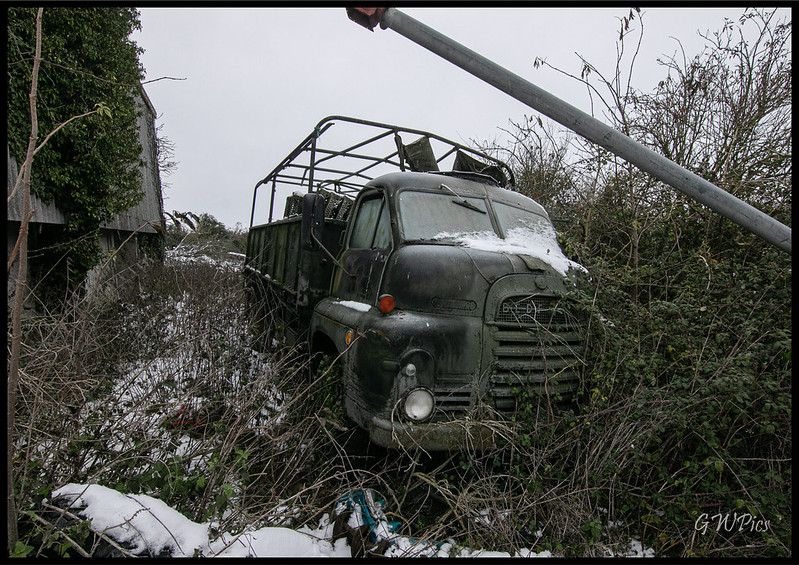
1953 Austin K9 Signals van (Derbyshire)
The first military K9 was introduced in 1952. It was derived from the civilian Loadstar range but was modified to make it more suitable for military service, with increased track and ground clearance and all-wheel drive. Designated as the FV16000 series the 4x4 K9 was rated at a very conservative 1 ton and the chassis was adapted for use as a cargo vehicle, ambulance, water tanker and the most numerous was the wireless body.
The Services model saw duty with the Army and RAF from 1951 until as late as 1980 when some of the ‘signals vans’ were still in the hands of the ‘Territorials’, and others were in storage depots. None were bought by the Royal Navy and there is no evidence any were even used by the Senior Service. K9 was equipped with the familiar petrol, overhead valve, 3,995 cc six cylinder developing 92 bhp at 3000 revs. But to create the revised model, rifle clips, a gun ring in the roof, and larger tyres (9.00 x 20) – single all round – were fitted. There was a transfer box to take the drive to the front axle, but even so, the off-road capability was very limited.
Over the years various other modifications took place. These included stoplights, and a convoy lamp and plate. Then came manually raised indicator arms and ‘NATO’ trailer socket, while some ‘K9s’ used by the BAOR (British Army of the Rhine) got electrically operated trafficators. RAF vehicles differed from their sisters in having no convoy light, a civilian pattern number plate lamp, stoplights from new and semaphore indicators in the panel behind the cab doors.
Three types of cab appeared, the differences being detail changes to the scuttle (no waist level louvers on early examples, for instance), floor and rear panels. Some ‘K9s’ were supplied as a cab and bare chassis to be fitted with van bodies or a water tank built by outside coachbuilders. Even the standard bodies though displayed immense variety. The most basic ‘K9’ is probably the Cargo FV 16001 which was designed to carry a section of soldiers and their kit. Cargo/FFW FV 16002 is the somewhat lengthy code which described the standard ‘K9’ truck when ‘fitted for wireless’ (FFW).


BMC JU250 (Bucks)
BMC / Austin J250 (exact copy of Morris JU250) was a redesigned version of the earlier J2 van, but benefited from updated front-end styling and a wider track, making the vehicle more stable than the J2. It was also offered with the familiar B series petrol engine in 1622cc form. Claimed power output was 49 bhp, with a compression ratio of 7.2:1. The number '250' in its name was intended to indicate a gross loaded weight of 2½ imperial (British) tons, implying a substantial carrying capacity of 22 cwt.
Following the formation of the British Leyland Motor Corporation in 1968, into which BMC, by then a subsidiary of British Motor Holdings, had been absorbed, the van was branded as the BMC 250 JU. It was then rebadged again in 1970 as the 'Austin Morris 250 JU', finally ending production
in the wake of the Leyland Sherpa, with which it shared some components, in 1974.

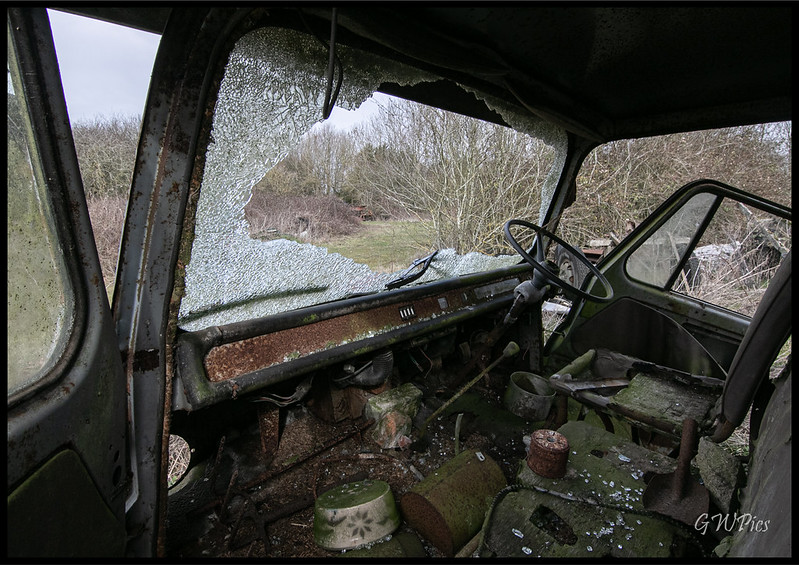
Ford mk1 transit Jennings Roadranger Motorhome (Norfolk)
JH Jennings and Son Ltd of Sandbach Cheshire had been in the business of coachbuilding for over 200 years when this Ford Transit Roadranger was produced. Using traditional methods of an aluminium skin over hardwood frame and a one-piece GRP roof moulding, the Roadranger models built upon various doner chassis cabs were of the finest quality in the business. This masterpiece of British craftsmanship was coach painted by hand, a real diminishing art.

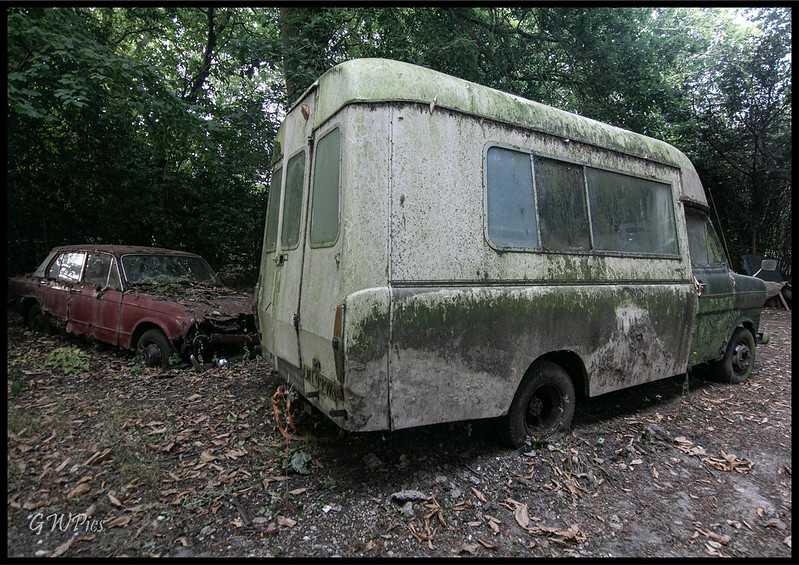
Trilox 1947 Rollsette 10.05 Invalid Carriage JKP 26 (Northants)
The Trilox company of Trowbridge was founded during the 1920’s by Albert Jones and produced a large range of hand propelled invalid tricycles before entering the field of motorised invalid vehicles in the early 1930’s. From 1935 – 1959 the Trilox works was situated at 5 Dursley Road, by 1962 it had moved to 105 Mortimer street.

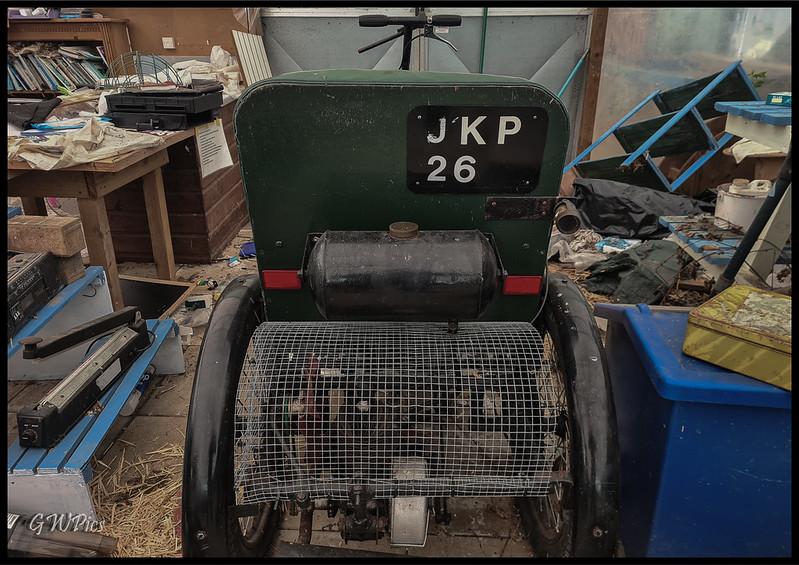
If u have made it to the end thanks for looking
Last edited:
